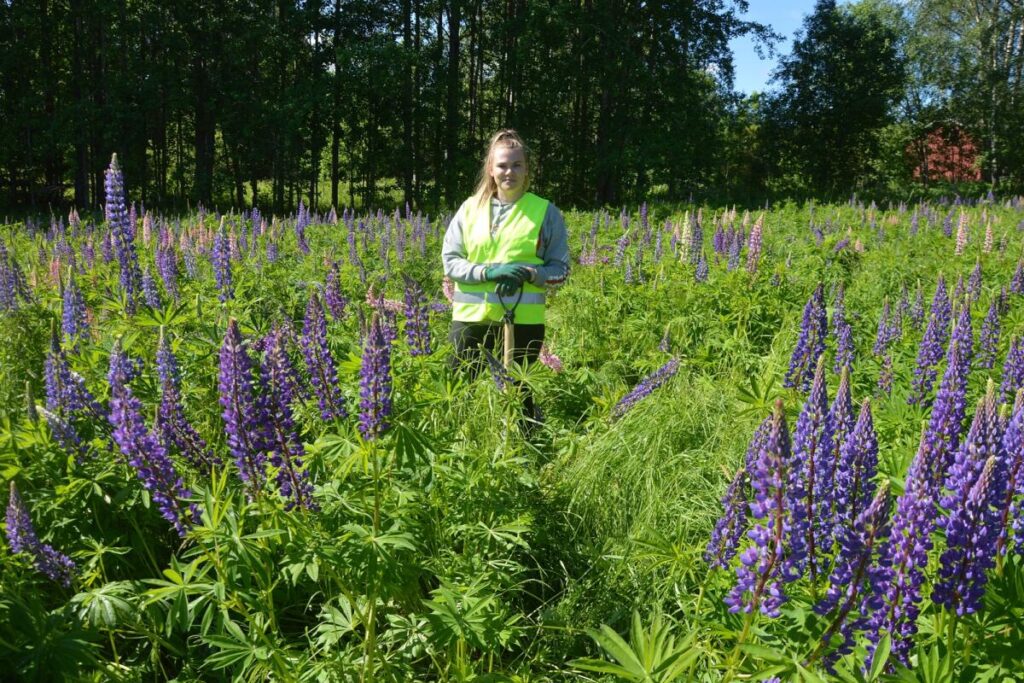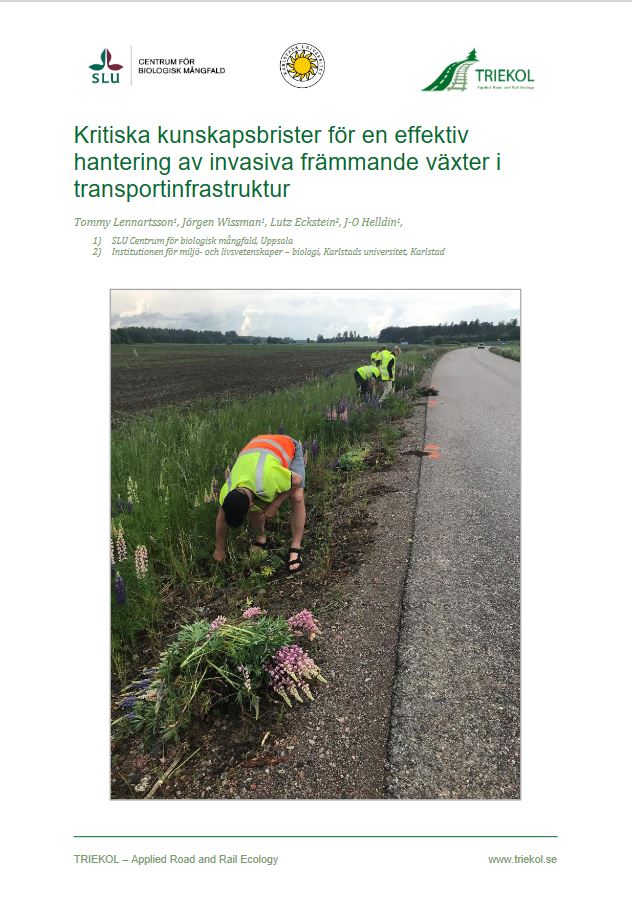New paper out on the biology of the invasive forb Garden lupine
Posted by Louis Addo | Invasive species, PapersLutz Eckstein is the lead author of a paper summarizing the current knowledge on the biology of the invasive legume Lupinus polyphyllus Lindley. The paper has recently been published in the journal Perspectives in Plant Ecology, Evolution and Systematics in the series “Biological Flora of Central Europe” (https://doi.org/10.1016/j.ppees.2022.125715). This work is a cooperation with Erik Welk (Martin-Luther-University Halle-Wittenberg and German Centre for Integrative Biodiversity Research (iDiv) Halle, Germany), Yves Klinger and Wiebke Hansen (both Justus Liebig University Giessen, Germany), Tommy Lennartsson and Jörgen Wissman (both Swedish University of Agricultural Sciences (SLU), Uppsala, Sweden), Kristin Ludewig (University of Hamburg, Germany), and Satu Ramula (University of Turku, Finland).
The paper gives a thorough review of the species’ taxonomy, presents distribution maps for North America, Europa and the world (Fig. 1), illustrates the life cycle of L. polyphyllus, and it contains a comprehensive discussion of potential management options. During the research for this review, the authors encountered some doubtful information about L. polyphyllus that uncritically reiterates in several fact sheets, reports and webpages. One such erroneous piece of information refers to the apparently very high longevity of seeds, which was taken from a modelling study on seed longevity under optimal dry and cold storage conditions. Similarly, there is some uncertainty and large variation concerning the actual lifespan of the species. Another piece of doubtful information is the deep rooting depth of L. polyphyllus, which may rather characterize a maximum than a representative average value. Finally, the species is sometimes considered a “rhizomatous perennial” although it lacks true rhizomes. These points highlight some critical knowledge gaps, which partly relate to aspects of the species’ life cycle and morphology that may be either time-consuming or labor-intensive to study.

Fig 1. Distribution of Lupinus polyphyllus s.l. (A) In North America, the native segregates in the west partly overlap in their distribution and are delimited by outlines according to the color scheme in the legend. Non-native, synanthropic occurrences are indicated by black dots. Distribution data based on digitally available herbarium specimen locations and county records (for data sources see Table 1 in the paper). (B) In Europe, numbers give the first records for the species in different countries/regions (cf. Table 6 in the paper). (C) Numbers refer to the textual descriptions (for details, see the paper) of the non-native naturalized distribution across the globe
The authors conclude that there is currently no evidence-based strategy for a cost-efficient management of L. polyphyllus. The development of such control measures is necessary because L. polyphyllus is among the most problematic non-native plant species in Europe with respect to environmental and socio-economic impacts. The species has significant negative effects on community structure, composition, species richness and diversity, especially in nutrient-poor habitats such as alpic mountain hay meadows, alpic mat-grass swards but also nutrient-poor road verges or riparian terraces.





